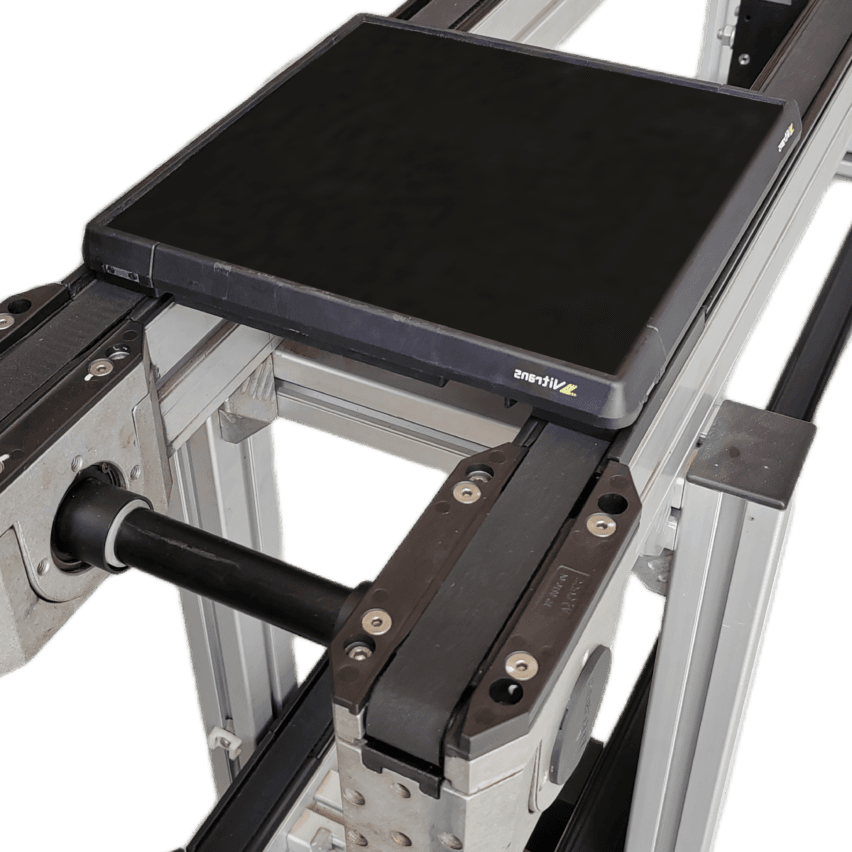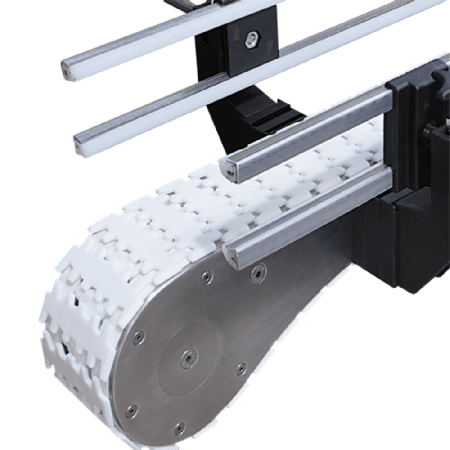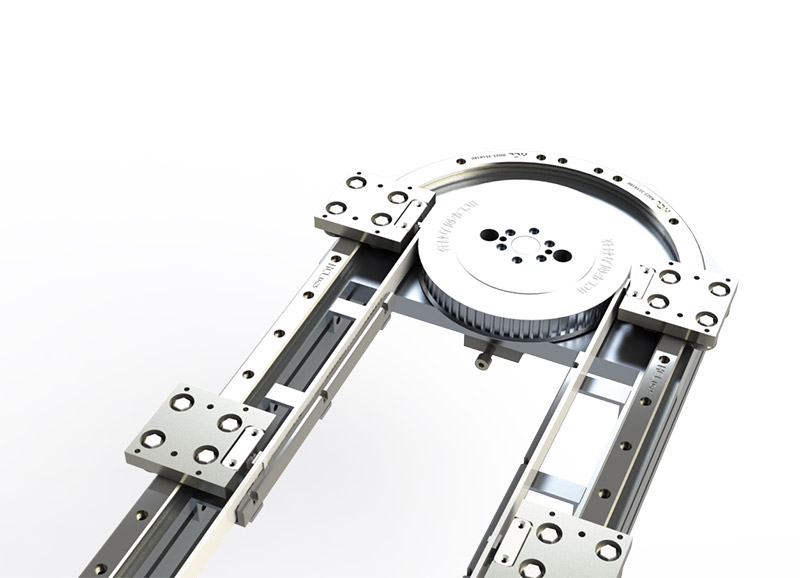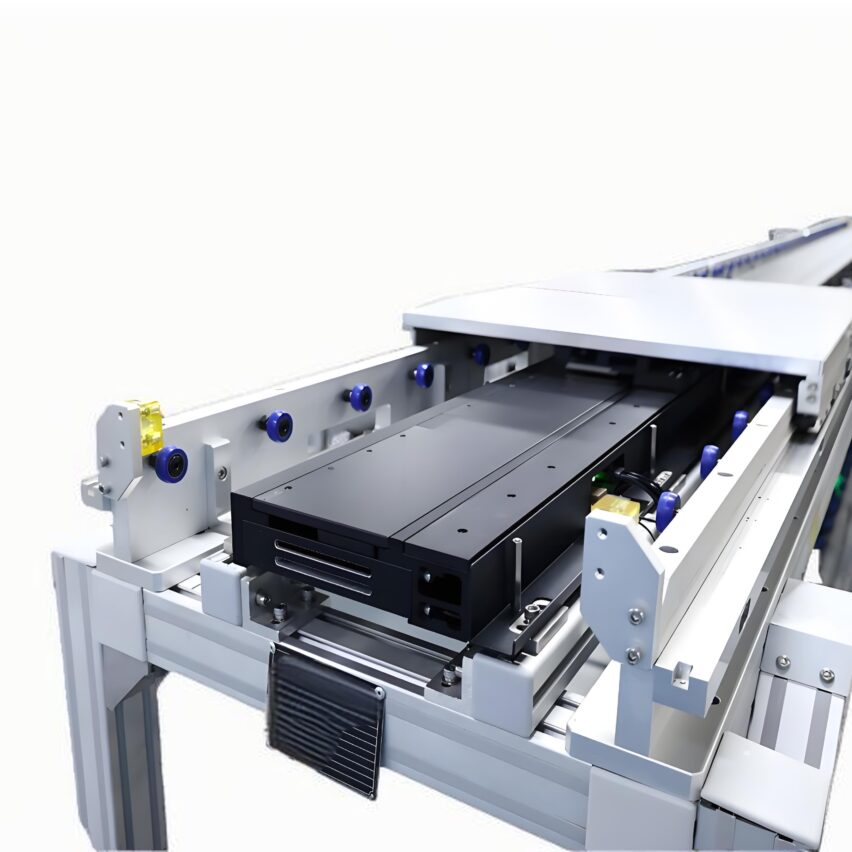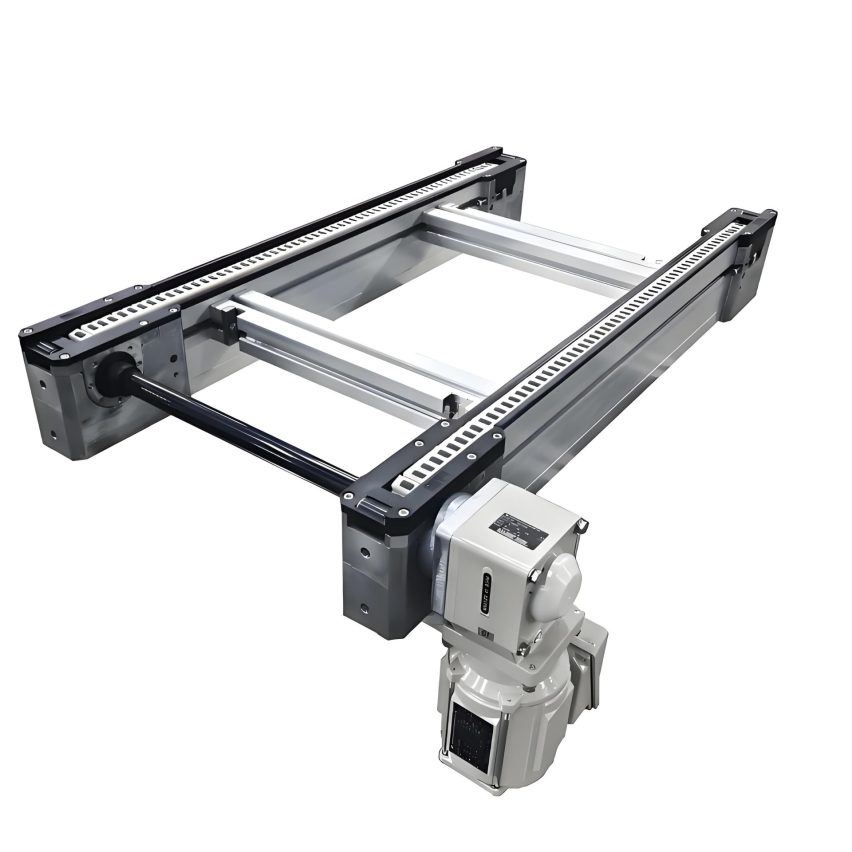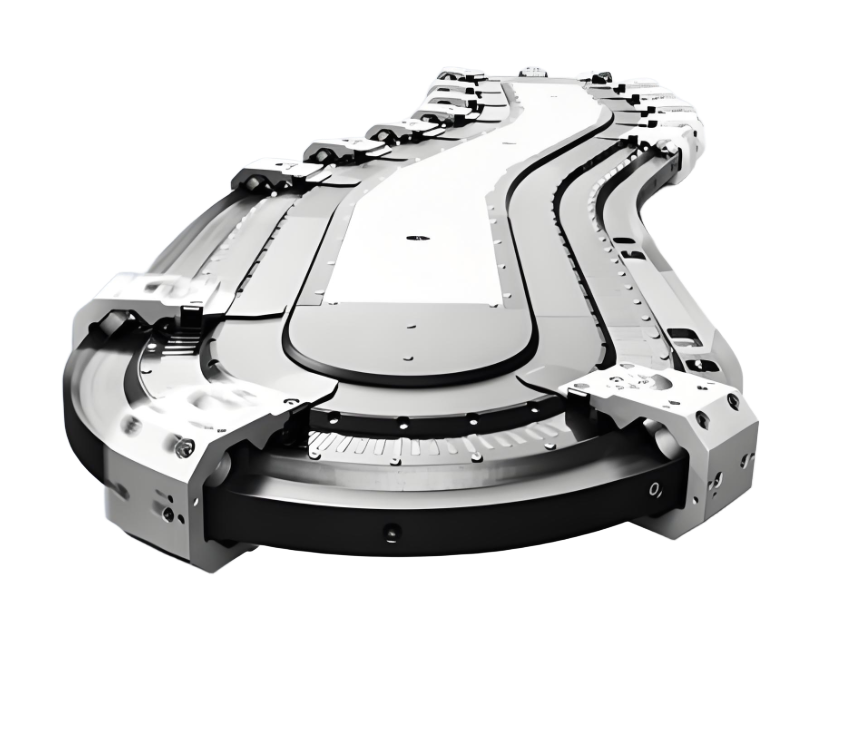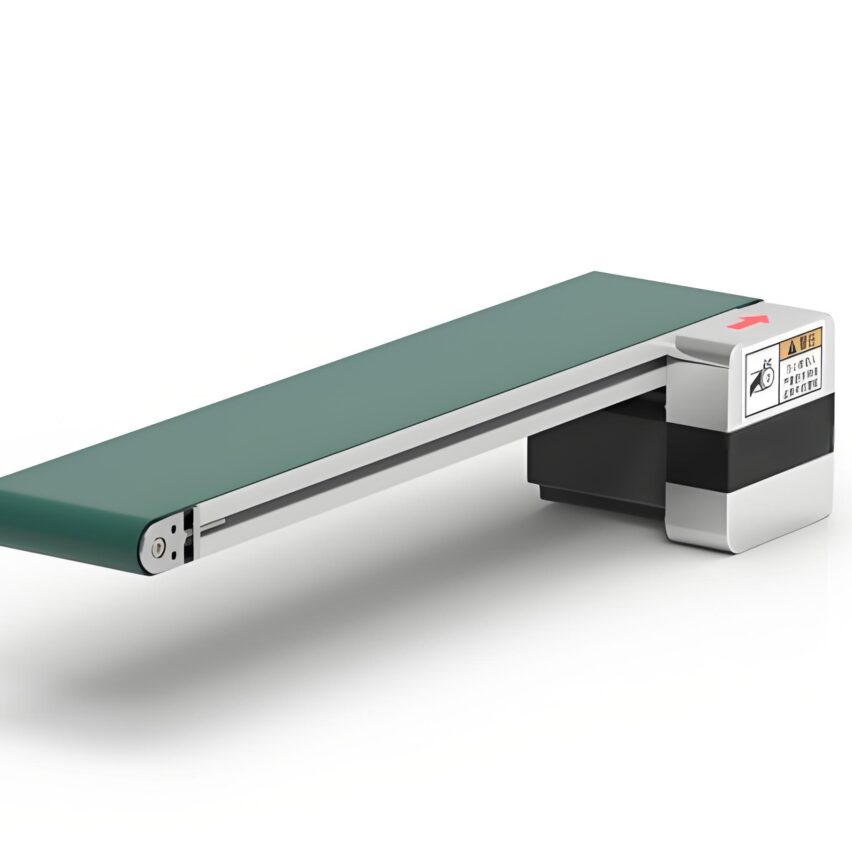Why do some turbines generate 30% more power than others on typhoon days when they are unscathed?The core secret is hidden in the blade angle acceptance.! Today's dismantling of the most critical of the acceptanceRed line for wind safetyrespond in singinglifeblood of electricity generation efficiencyThe hardcore indicators that even the manufacturers don't dare to fool with are all here-
I. Acceptance framework: how to card the three major life and death lines?
Q: What exactly does an angle inspection look for?
A: From the landing of the equipment to the grid-connected power generation, it is stuck in three layers to death:
- Equipment Selection Pass
- The blade angle range must cover the local extreme wind conditions (e.g. coastal areas need to support full adjustment from 0° to 90°).
- Yaw system response speed ≤ 5 seconds (overtime is directly judged as failing)
- commissioning pass
- Blade angle calibration error <0.5° (laser latitude and longitude on-site review)
- Foundation level deviation ≤1mm/m (overshooting triggers tower resonance)
- Operational monitoring gate
- In the 250-hour trial run.No more than 2 angle-related failures
- Fluctuation rate of power generation curve <3% when wind speed fluctuates (proving that regulation is keeping up)
Second, wind resistance performance: a hard indicator of life preservation on typhoon days
Blade Dynamic Response TestingIt's the top priority:
- Extreme Load TestSimulation of 55m/s gusts, blade root stress <70% of yield strength of material
- Emergency Paddle Test: Cut from full power to 90° smooth paddle, response time ≤ 15 seconds (overtime blades may fly apart)
- Vibration monitoringRated speed, blade tip swing <1/1000 of impeller diameter
Structural Strengthening Invisible Threshold::
Salt spray corrosion area bracket galvanised layer ≥550g/㎡
Typhoon area blade carbon fibre content ≥ 60%
| wind rating | Blade angle adjustment range | Structural enhancement requirements | Actual pass rate |
|---|---|---|---|
| Type I (50m/s) | 0°-90° | Full carbon fibre + titanium bolts | <40% |
| Type II (42.5m/s) | 0°-85° | Carbon fibre main beam + steel liner | Approx. 65% |
| Category III (37.5m/s) | 0°-80° | FRP + partial carbon fibre | >90% |
III. Efficiency verification: the mystery of generating one extra kilowatt-hour of electricity
Core contradiction: wind resistance to close the angle, power generation to release the angle! Use these three tricks to crack the acceptance:
-
Wind speed-power curve benchmarking
- Measured power generation at three wind speeds of 8m/s/12m/s/16m/s
- Deviation > 5% direct call back(Proving that the angle strategy fails)
-
Yaw Calibration Accuracy
- Yaw correction time ≤ 120 seconds when wind direction changes by 30°.
- ±5° accuracy deviation directly leads to power generation loss 7%
-
Pitch Response Speed
- Blade angle adjustment delay <2 seconds when wind speed suddenly changes by 3m/s.
- Response timeout of 1 second, average daily power generation dropped by 0.8kWh
Tips for stealing electricity in low-wind zones::
- When the wind speed <6m/s, acceptance requirementsThe blade angle of attack is automatically increased by 3°-5°.(boosts low-speed torque)
- Mountainous shear wind fields.Individual calibration angle strategy for each unit(Bulk copying of parameters rejected)
IV. Lessons in blood and tears: the 90% project's potholes
Myth 1: "The greater the angle, the more wind-resistant it is"
→ Wrong! Angles above 60° increase the torsional loads.A project in Hainan tuned 75° against the Taiwan, blade root tearing!
Myth 2: "You only need to adjust the angle for high wind speeds"
→ Lethal!8m/s turbulent wind without angle adjustment, fatigue damage surge by 3 times(Acceptance is based on turbulence records.)
Myth 3: "Yaw calibration is once for life"
→ Naive!Ground settlement over 2cm, yaw accuracy scrapped.(Levels to be retested every six months)
Units that fail acceptance are often planted in three words -take sth for granted! Watch with your own eyes as the tester mounts the wind probe to the cabin roof (don't believe the ground data), and watch with your own eyes as the pitch tuning motor bites the dust at 90° downpitch (don't believe the no-load demo). Remember.Wind resistance is the bottom line, efficiency is dignity, both meet the standards to be called a fan!(Last time I saw a project to save money to cut the dynamic load test, the typhoon season directly lose half a year of electricity...)


